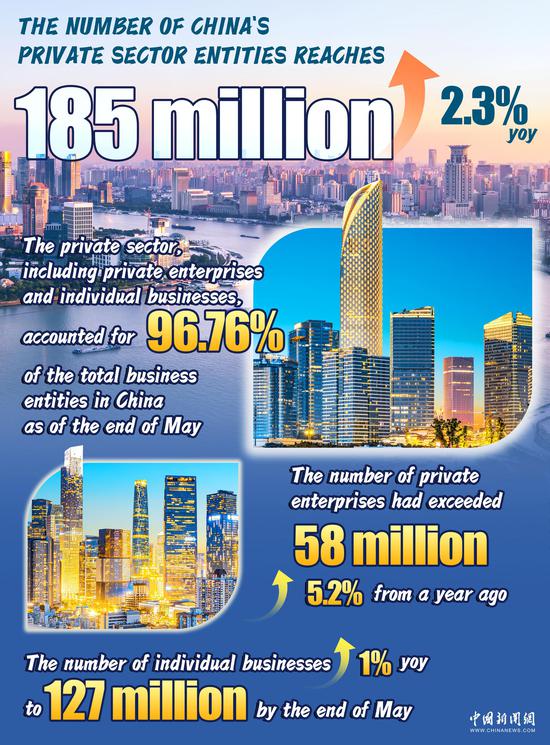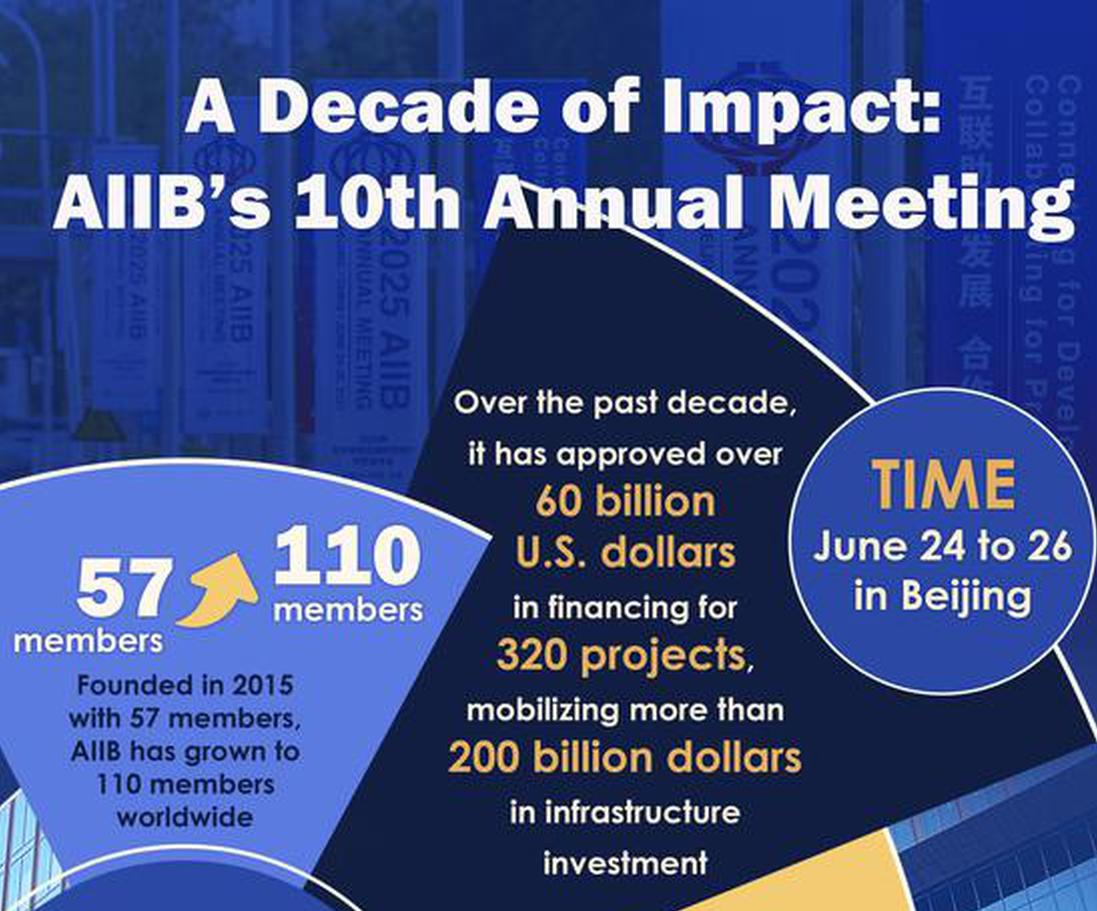Expert: Development of global digital assets is evolving into a trend
China may step up efforts to explore offshore renminbi-based stablecoins as recent legislation in China's Hong Kong may provide a legal foundation for such innovations, currency experts said, calling it a move that can enhance the country's role in shaping the evolving global monetary system in the digital era.
A stablecoin is a form of digital currency built on blockchain technology and pegged to fiat currencies or other real-world assets at a designated exchange rate to maintain a stable value.
Huang Yiping, dean of Peking University's National School of Development, said that it is worth exploring the potential of offshore renminbi stablecoins as a means of participating in emerging financial innovations — provided that risks remain under control — as onshore regulations on digital assets remain stringent.
"The development of global digital assets is evolving into a trend, where risks and opportunities coexist," Huang said, adding that stablecoins now account for over 90 percent of the currency intermediaries in virtual asset transactions — a sharp increase over the past four to five years.
Meanwhile, about 90 percent of stablecoins worldwide are pegged to the US dollar, said Huang, who is also director of Peking University's Institute of Digital Finance and a member of the monetary policy committee of the People's Bank of China, the country's central bank.
Huang said economies around the world are now faced with critical questions — whether each should issue its own stablecoins and whether the growing prominence of stablecoins could trigger a renewed wave of dollarization in the global financial system.
On June 17, the US Senate passed the GENIUS Act. If passed by the House and signed by the US president, the bill would introduce a federal framework for regulating stablecoins in the United States.
This came after Hong Kong made history on May 30 by enacting the world's first dedicated legislation specifically governing fiat-referenced stablecoins — the Stablecoins Ordinance, with a commencement date of Aug 1.
The ordinance has essentially laid out the first legal pathway for stablecoins pegged to the offshore renminbi, making Hong Kong a strategic sandbox for stablecoin adoption without violating mainland capital movement regulations or affecting onshore financial stability, Morgan Stanley said in a report.
The report said that the ordinance mandates 100 percent high-quality reserves for stablecoins in matching currencies — be it the US dollar, the HK dollar or the offshore renminbi.
Despite the absence of mainland officials' confirmation of the possibility of issuing renminbi-pegged stablecoins in Hong Kong, the PBOC has appeared alert to the growing impact of stablecoins.
Speaking at the 2025 Lujiazui Forum last month, PBOC Governor Pan Gongsheng said that technologies like blockchain have driven the rapid development of central bank digital currencies and stablecoins, enabling simultaneous processing of payment and settlement and reshaping the traditional payment infrastructure — while presenting major regulatory challenges.
Li Lihui, former president of the Bank of China, said Hong Kong's step forward with its stablecoin legislation reflects an encouraging regulatory attitude.
"However, many issues (on stablecoin) remain unclear, and it is crucial that we conduct further research on some of these key questions," Li said, including whether stablecoins should be positioned primarily as a payment instrument or as crypto assets.
Zhu Taihui, a researcher at the National Institution for Finance and Development, said the US is using dollar-backed stablecoins to create new circulation channels for the greenback and reinforce its international dominance.


















































 京公網(wǎng)安備 11010202009201號(hào)
京公網(wǎng)安備 11010202009201號(hào)